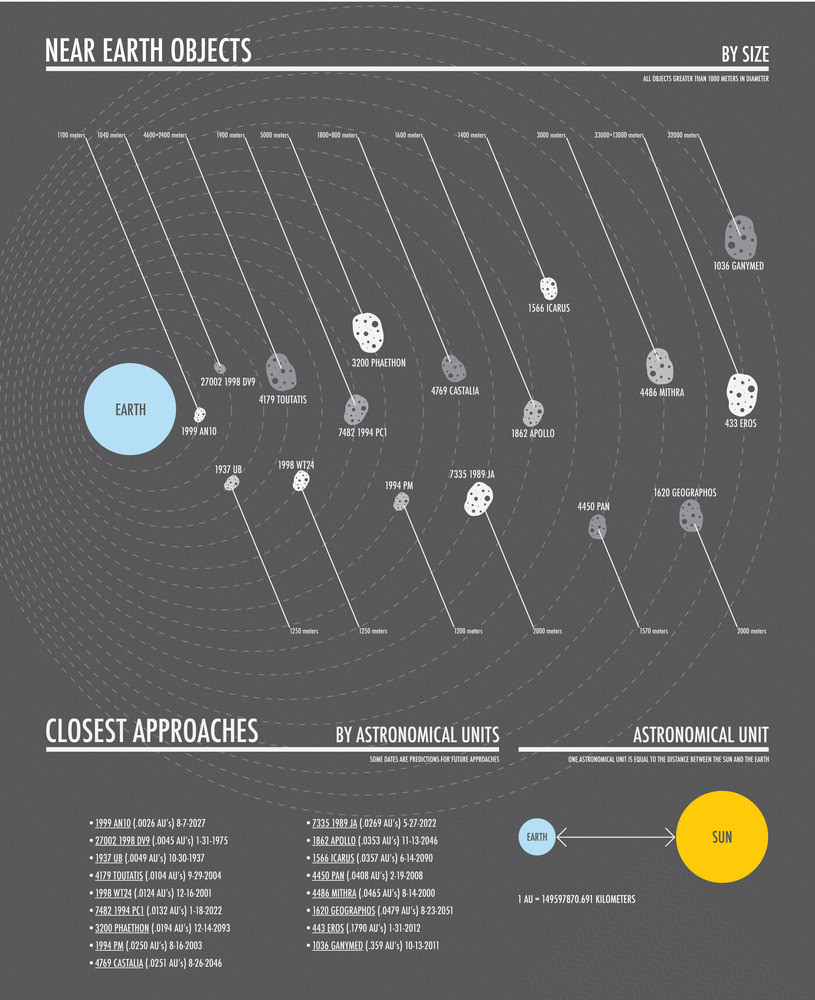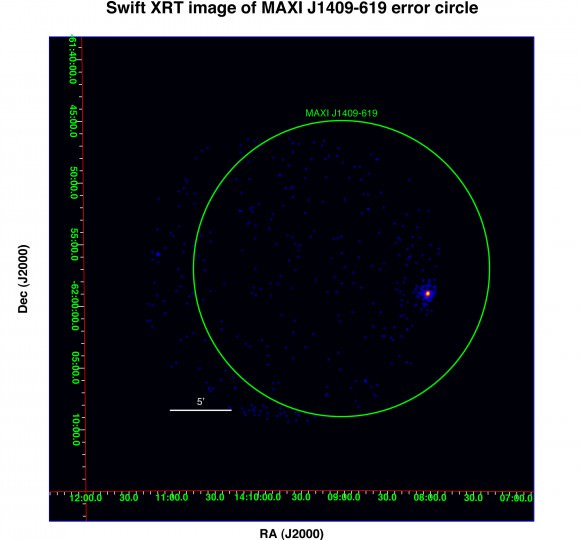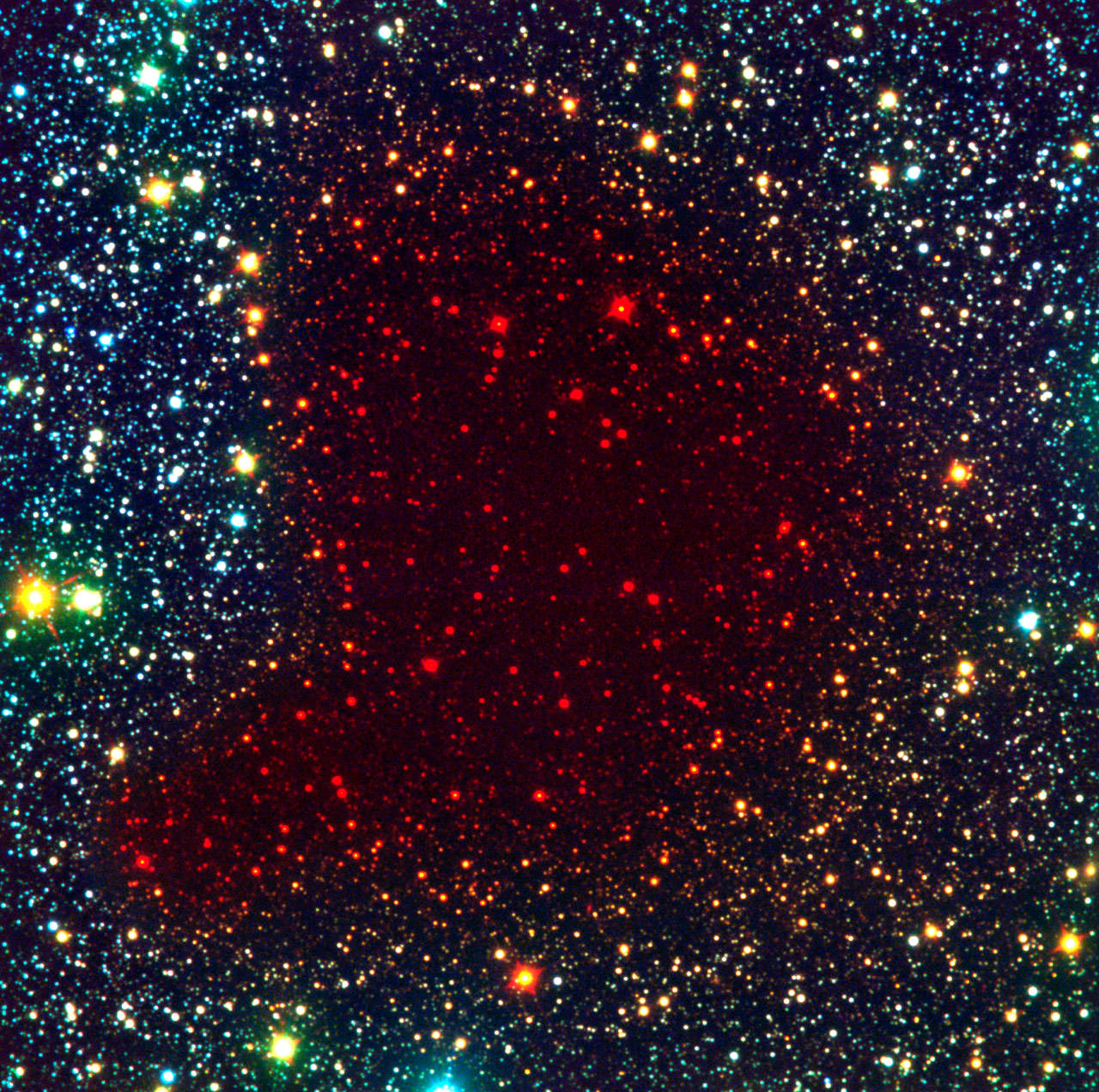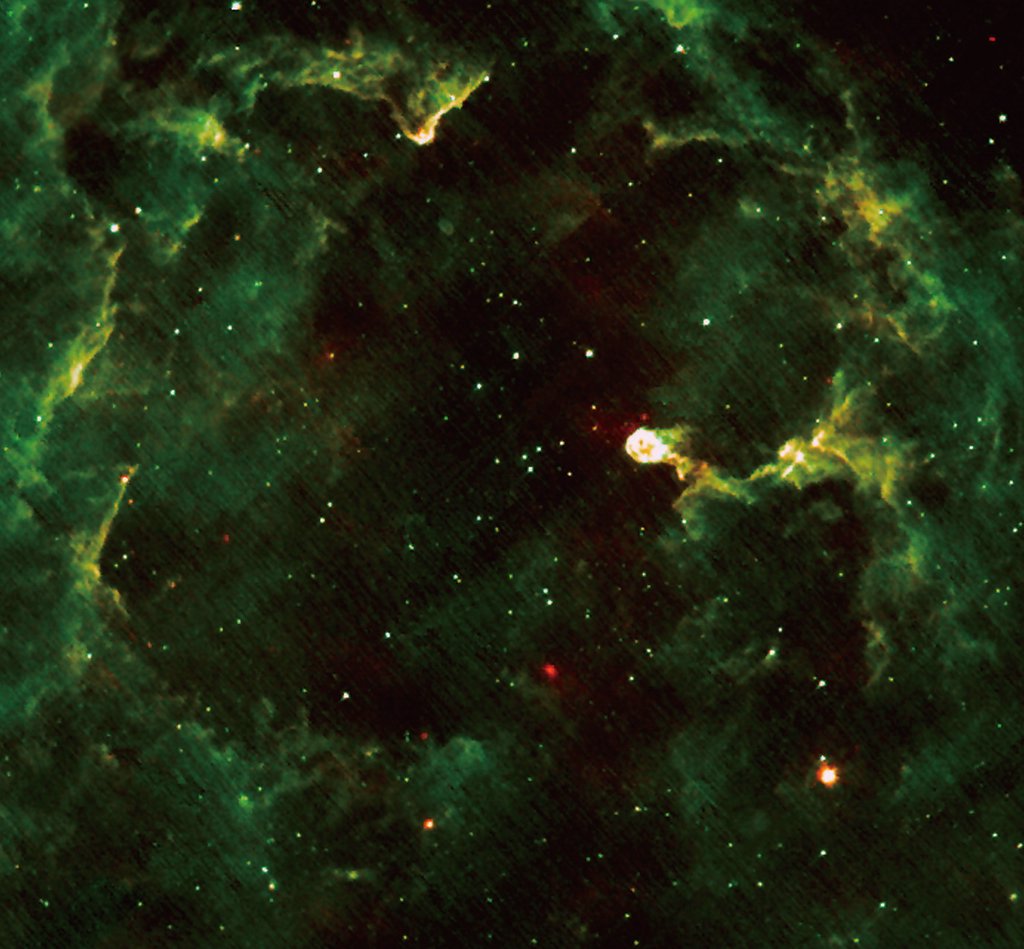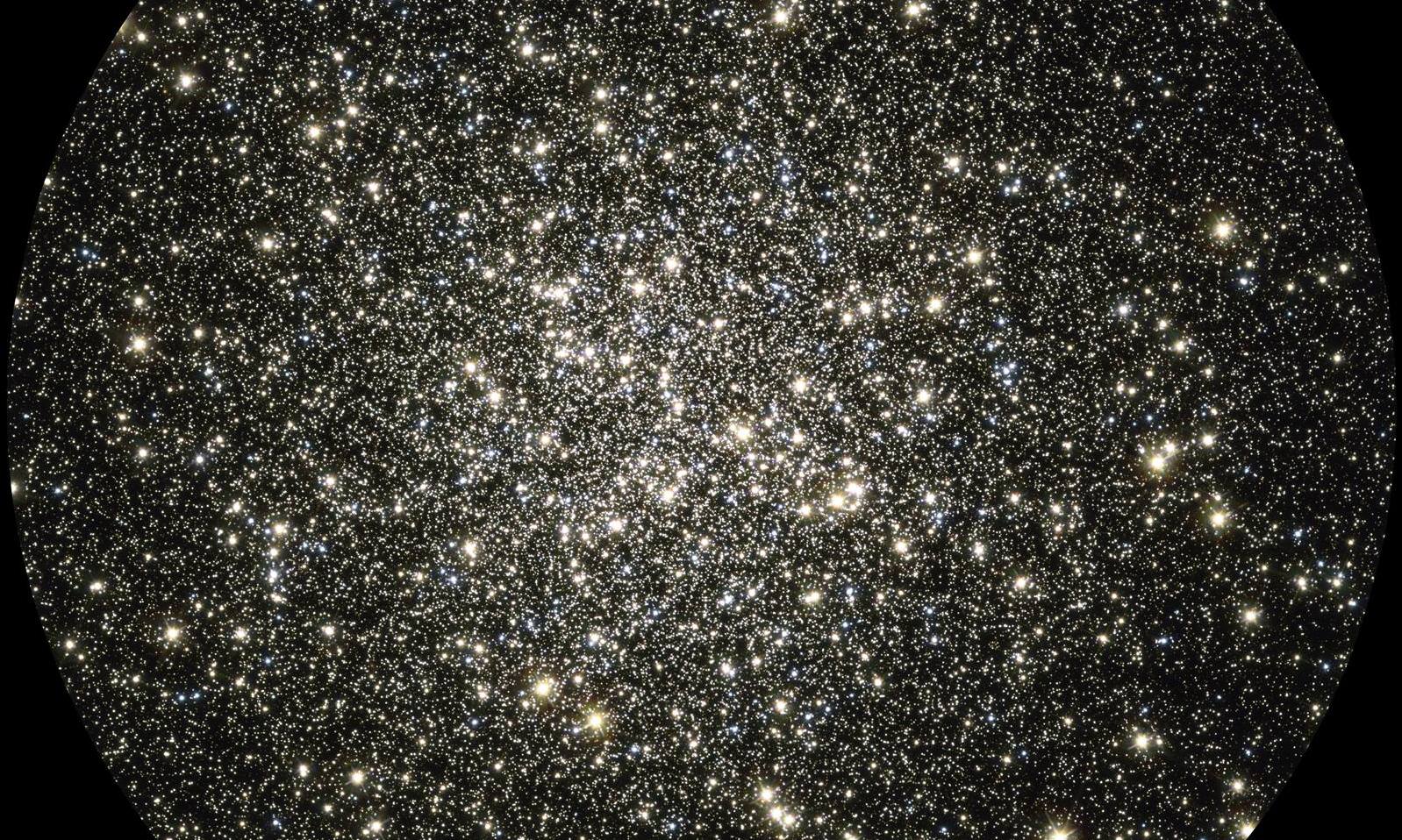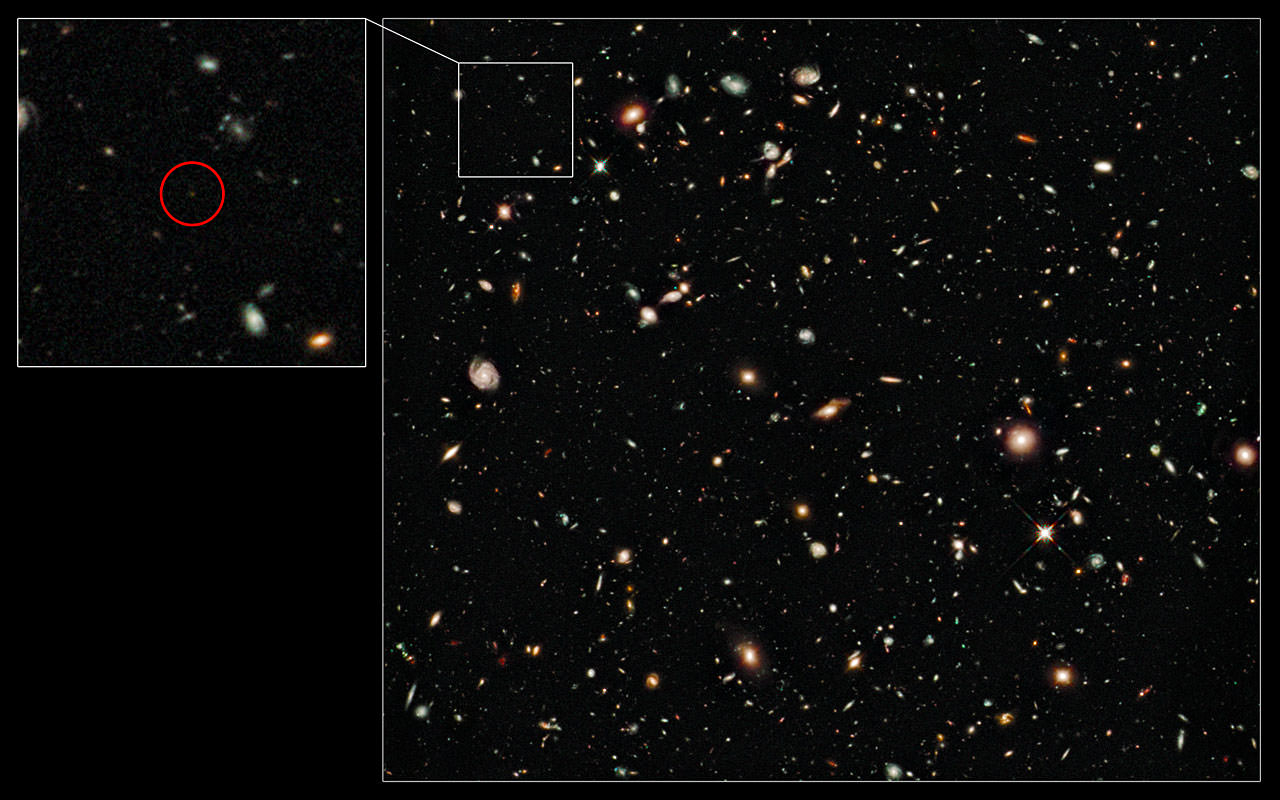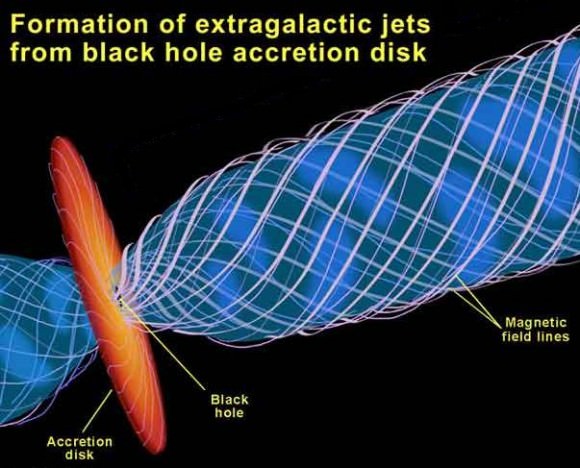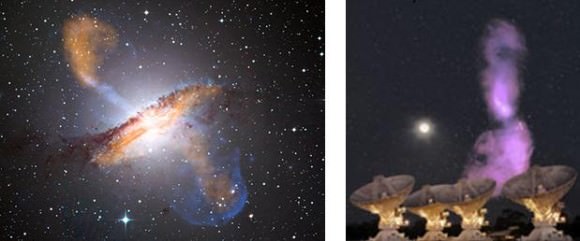[/caption]
Just for fun, graphic design student Zachary Vabolis created this fantastic graphic showing the closest and biggest Near Earth Objects. However, Vabolis wants to make clear that the information represented here is not meant to portray that the end of the world is nigh. His image has appeared on several websites recently, and some of the headlines have included words such as “doomsday,” etc. But, that’s not what he intended.
“I’m not sure if anyone who has seen my graphic is reading more into it than I intended,” Vabolis told Universe Today, “but I wanted to state that I did not create this graphic to scare people. In fact if you look at the information it contains, Earth has almost no chance of being hit by any of the asteroids listed and NASA even mentions that as well on their website.”
Vabolis said he created the graphic because he really enjoys creating projects outside of his curriculum to help hone his skills, plus it is just a fun pastime for him. “I’ve always been fascinated by outer space so I wanted to do a graphic within that subject,” Vabolis said in an email. “I came up with the Near Earth Objects topic because it’s a fairly current subject and after doing a little research I found that no one else had created such a graphic yet.”
The graphic was created using the information on NASA’s Near Earth Object Fact Sheet website, which states, “There are no known NEO’s on a collision course with the Earth. There is a possibility that an as yet undiscovered large NEO may hit the Earth, but the probability of this happening over the next 100 years is extremely small.”
So breathe easy and enjoy learning more about NEO’s from Vabolis’ graphic. You can see more of his work at his page on Behance.

